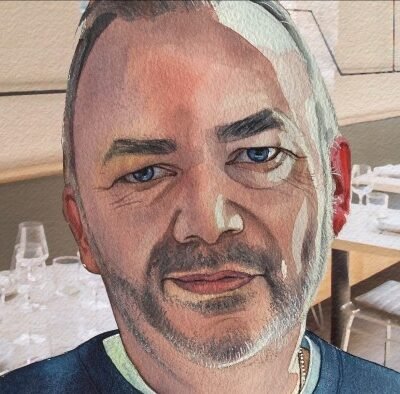Communication Intelligence, or CQ, moves communication away from being a vague soft skill to becoming a specific performance currency that can be learned, applied, and measured.
getty
Organization Level Measurement Instruments And Methods
Communication impacts nearly every outcome in our places of work. Communication Intelligence, or CQ, is quantifying these critical interactions, turning communication into a meaningful and measurable competence.
CQ moves communication away from being a vague soft skill to becoming a specific performance currency that can be learned, applied, and measured. CQ brings together emotional mastery, language strategy, non-verbal nuance, and situational awareness into one integrated system. CQ enables individuals to SpeakFluence™, which is speaking with influence and leading with clarity, authority, and heart. By allowing individuals to dial down anxiety, modulate tone, and enunciate clearly on the fly, CQ transforms communication into an intentional, learnable skill set. Communication is more than a natural talent; it is an attainable methodology. In contrast to qualitative soft skills, which are difficult to measure, CQ is a measurable competency.
Leading firms now incorporate CQ into leadership development programs and performance assessments, taking it as seriously as hard skills like data analysis or project management. It is quickly becoming a measure of leadership potential, client trust, and team performance. That said, the question remains: how do organizations quantify something so context-specific? The answer lies in formal CQ testing, presence profiles, real-time simulation feedback, and progress tracking over time. Here are five tools to implement CQ in your company:
1. Self-Assessment and Questionnaires
The journey to developing CQ begins with intentional self-awareness—an honest, structured evaluation of how individuals communicate across varied contexts. Communication is not static; our confidence and effectiveness can fluctuate depending on the setting (personal vs. professional), audience size (one-on-one vs. large group), relational dynamics (peer vs. superior), and tone (conflict vs. collaboration). Rather than yielding a global measure of “confidence,” these instruments map communication behaviors across social, hierarchical, and emotional terrains.
2. External Feedback Mechanisms
Understanding how others view us is vital for CQ growth. Most frequently, a person’s self-perception will not be an accurate reflection of their communication competence. External feedback mechanisms provide this necessary external perspective. Methods vary from looking at past performance reviews or analyzing conflict or unsuccessful professional encounters, like interviews, negotiations, pitches, or meetings, in which desired outcomes were not achieved.
3. Observation and Behavioral Tracking
Looking for and tracking specific communication behaviors provides concrete evidence of improvement. Applying CQ tools to video-recorded baseline speeches, for example, allows individuals and trainers to observe improvement over time through video comparisons.
4. Tracking Outcomes and Impact (Indirect Measurement)
Although not measuring the skill directly, the positive outcomes in the workplace can be indirect indicators of successful CQ development. The sources refer to examples such as achieving happy customers and higher revenue as natural by-products of communication transformation.
The Role of Mindset and Goals
Underlying all development and measurement activity is the growth mindset for communication, which is the belief that communication ability is not a trait but one that can be learned and strengthened. Measurement helps to make this growth tangible and real. Clearly stated and measurable objectives are the foundation for effective development and measurement.
Evaluating CQ in work environments requires an intricate play of self-inspection tools, seeking and applying external feedback, monitoring and observing changes in behavior, setting and checking measurable goals, and linking these enhancements to desirable organizational outcomes. This journey, fueled by a communication growth mindset and consistent application, aids in the development of individuals and facilitates a stronger ethos of communication in the workplace.





